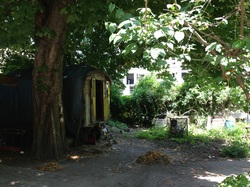
The TED talk by Pam Warhurst describes how she and a small group of friends created an urban food growing initiative in Todmorden, England. They worked with local farms to boost supply of goods to the town. They worked with local schools to bring agriculture into the classroom, and the classroom out into the local economy, onto the former wasteland to create urban agriculture.
On my study tour of Berlin last week I visited urban farms where people, young and old, and across all cultural groups can come together to grow fruit and vegetables and rear animals for food. In areas with the most social deprivation access to cheap fresh food has transformed local health outcomes. Interestingly, the stressed execs also profess to benefit from access to the urban food growing initiatives. While they may not work in the gardens they love visiting, and spend time regularly to check on the progress of young animals, new crops, and see how the people, their new friends, are getting on.
The urban farm has brought people together in an unexpected way. Although initially devised as a project for the more vulnerable members of the community, in fact it has become a win:win situation for all. The reduced carbon footprint from local food growing helps mitigate climate change. Human health and well-being is intrinsically linked to the ecological health of our planet and our local environment. Biophilic cities offer a way to connect people to nature and living things in a way we have missed out on for 2-3 generations. We are hard-wired to respond to nature. We need to boost our green infrastructure as we build resilient communities. Long lived shade trees planted around the farm add to the green capital of the neighbourhood, reduce the urban heat island effect, help absorb and slow storm water runoff, while sequestering carbon and providing valuable central city habitat for a range of invertebrates and birds.

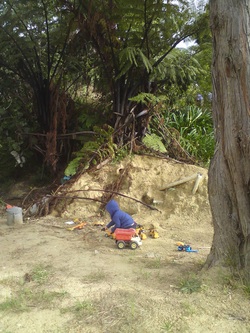
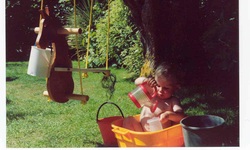
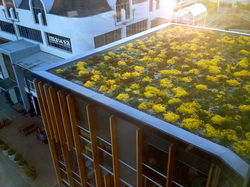
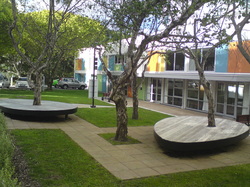
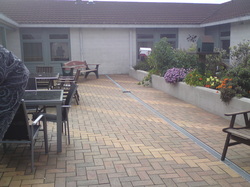
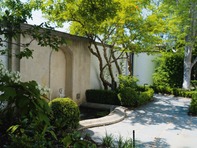
 RSS Feed
RSS Feed